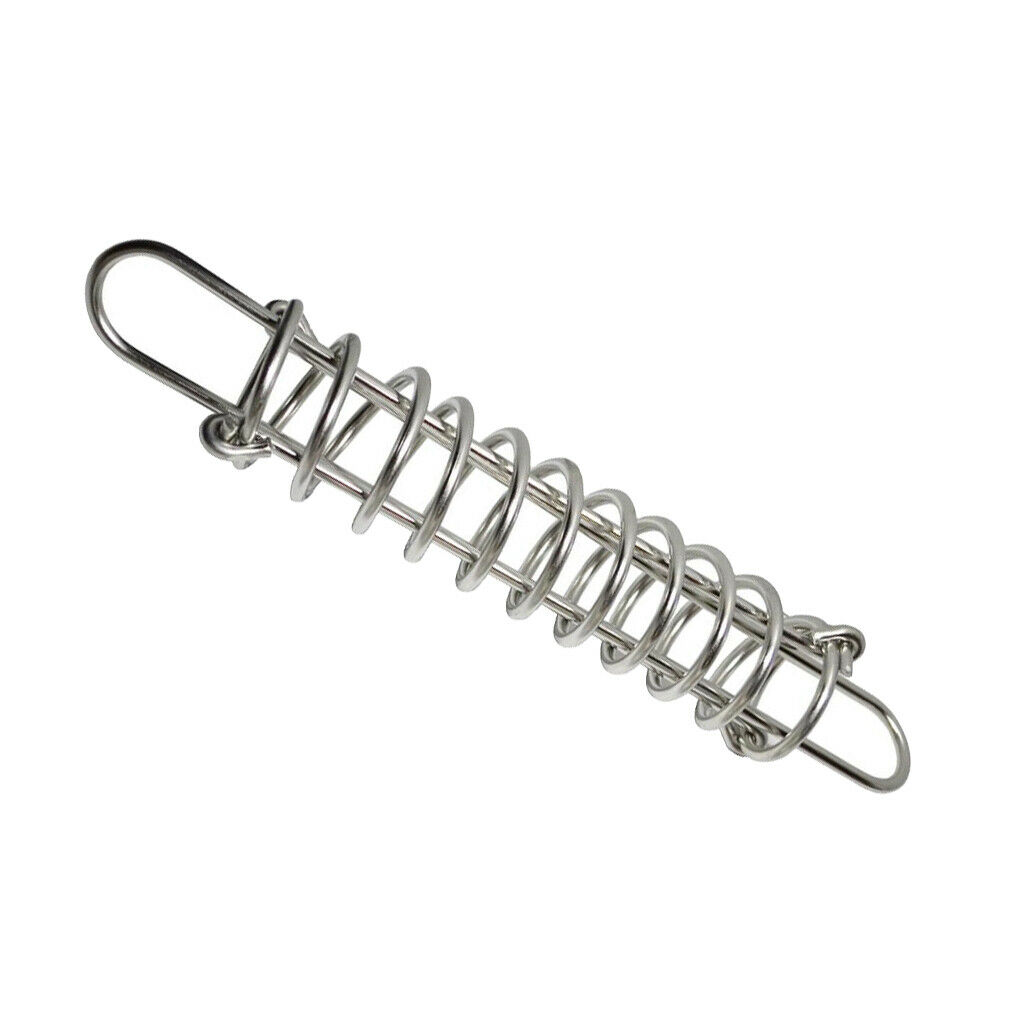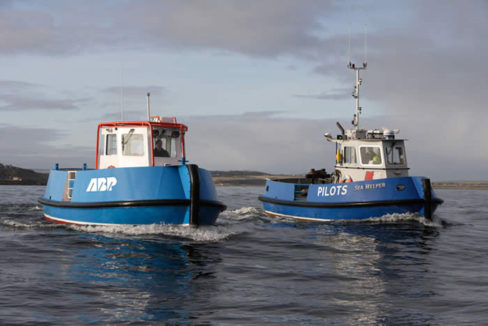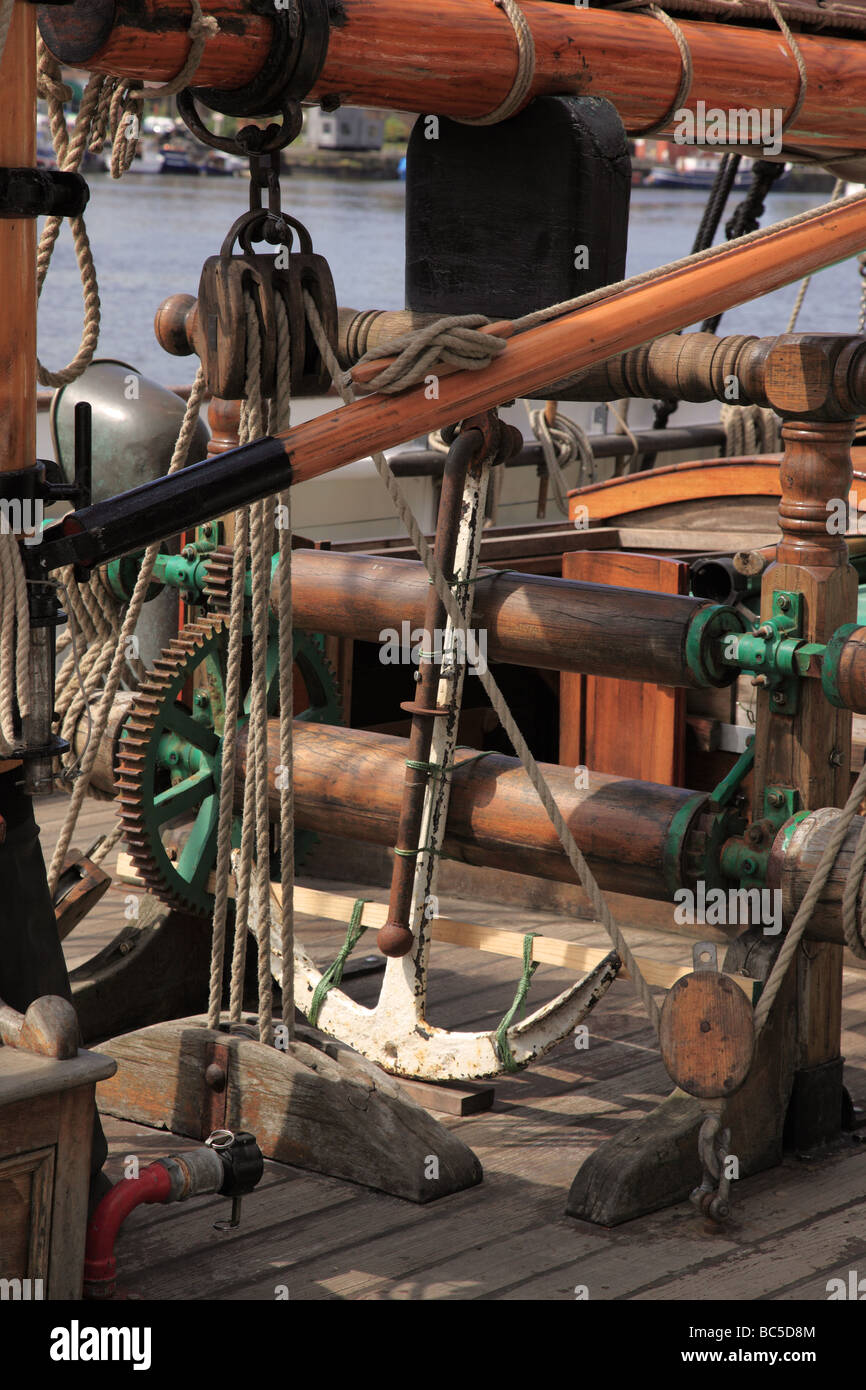

Restricting chains often cause a floating platform to sit lower into the water and may place unnecessary stress on its components. Having additional chain length available allows for slack during varying weather conditions.


Furthermore, experts typically recommend using the stiff arm along with a winch and cable system for best results. And,it has built-in pile slides that feature silent rollers (UHMW-PE) that work well for wood, concrete, steel or piles made of fiberglass.įinally, a stiff arm anchor system does exactly what it sounds like it would do-provides a stiff arm (up to 60 feet in length) that allows for transport of loads between the dock and the shore. Pile anchoring is a system that keeps the dock stable. Most importantly, the combo works to keep the dock anchored in high winds and waves while still allowing the dock to move with the changing water levels and seasons.Īnother choice, pile anchoring isiIdeal for heavy load docks. Then, a simple winch and cable system enables the pole’s withdrawal from the ground when it is time to move the dock. The poles go into the lake bed with ease-no need for driving them. The system involves stiff vertical sleeves that are connected to the doc and long poles made of galvanized steel running through the sleeves. Secondly, if you are in an exceptionally breezy area with lots of waves, pole and sleeve anchoring may be your best bet. Cable anchoring is a top choice for use in deep water. The simple method mounts to either weights or the shore and is a good solution for docks that need to have the mobility to move toward and away from the shoreline depending on the season and water level. 4 Common Dock Anchoring Optionsįirst of all, cable anchoring is one of the most common and affordable methods for floating dock anchoring.

You can compare and contrast the various dock anchoring options available. Once you clearly assess these water, climate and local factors, you can move forward. How the water level in the area fluctuates.Are you considering your best dock anchoring options? It’s a good idea to turn to the experts who can help you match up your unique project with the ideal dock anchoring solution.īefore you choose, the experts suggest that you identify the following factors that should shape your final anchoring selection.


 0 kommentar(er)
0 kommentar(er)
